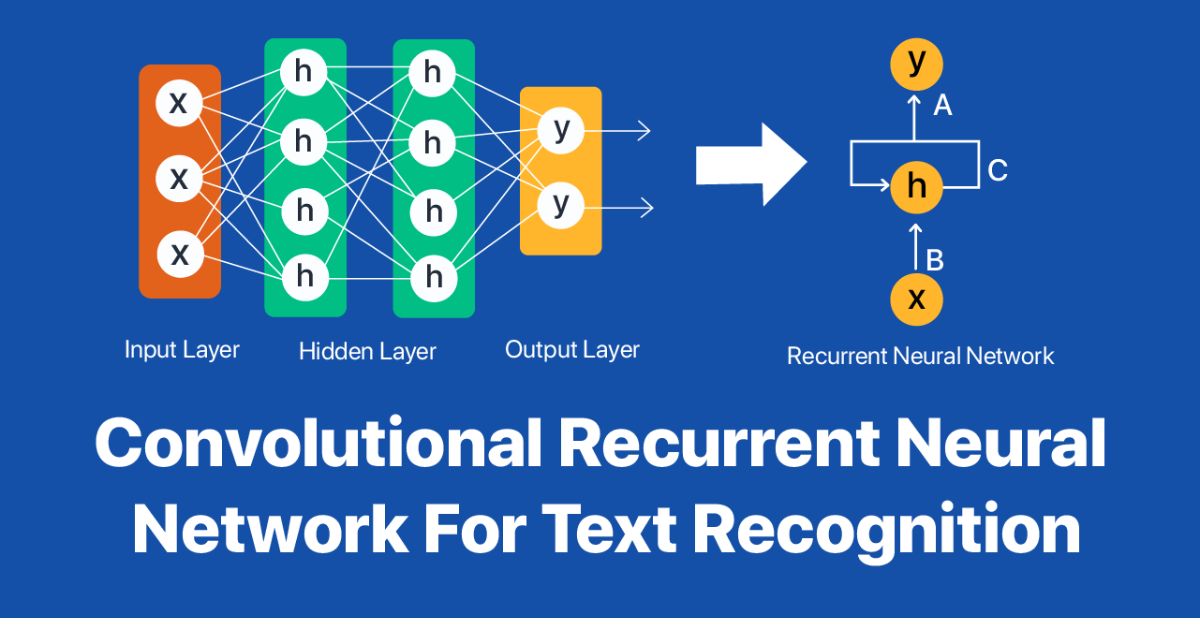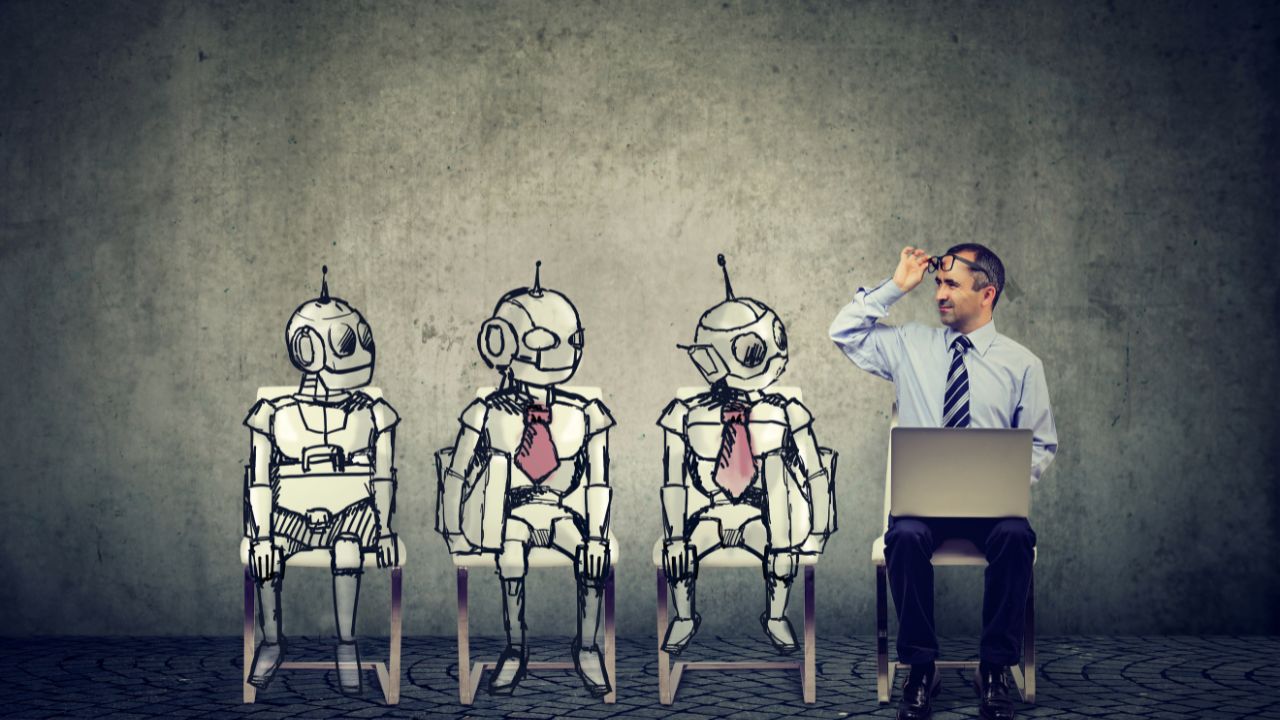How to Use OCR (Optical Character Recognition) Tools Effectively
October 25, 2025 · 6 min read • #OCR#optical character recognition#image to text#AI#productivity
Converting images to text used to require complex software or cloud APIs.
Now, thanks to client-side OCR technology, you can extract editable text from any image — instantly and privately — right in your browser.
🧠 What Is OCR?
OCR (Optical Character Recognition) is the process of recognizing and extracting text from images, scanned documents, or photos.
It enables you to convert printed or handwritten text into machine-readable content.
Common use cases:
- Scanning receipts, invoices, or contracts
- Digitizing books, forms, and printed documents
- Copying text from screenshots
- Translating printed material into other languages
- Archiving old handwritten notes
OCR bridges the gap between the physical and digital worlds, turning static images into usable text data.
⚙️ How OCR Works
OCR relies on several key steps:
-
Image Preprocessing
The tool enhances image contrast, removes noise, and aligns text. -
Text Detection
It identifies blocks, lines, and words using deep learning models. -
Character Recognition
Each character is analyzed against trained models using neural networks. -
Post-Processing
The recognized text is corrected using language models and dictionaries.
Modern OCR systems use AI and machine learning to continuously improve accuracy — even for tricky fonts or curved text.
🧰 Try Our Free OCR Tool
You can extract text from any image instantly using our OCR Tool.
It’s 100% free, private, and works directly in your browser.
Features:
- 🔒 No uploads required — all processing happens locally
- 🌍 Multi-language support
- 📸 Drag & drop interface
- ⚡ Instant results
- 📄 Copy, download, or edit extracted text
Simply drag an image (JPG, PNG, WebP) into the tool and watch the text appear instantly.
🔒 Why Client-Side OCR Is Safer
Most online OCR tools send your files to remote servers, which means your data may be stored or analyzed elsewhere.
Our OCR Tool performs client-side recognition, meaning:
- Your image never leaves your device
- No data is transmitted to servers
- No privacy risk, no third parties
It’s ideal for confidential or sensitive content such as contracts, IDs, or personal documents.
💼 Real-World Use Cases
| Use Case | How OCR Helps |
|---|---|
| Business Invoices | Extract invoice numbers, totals, and vendor names automatically |
| Education | Digitize handwritten notes or printed study material |
| Legal | Convert scanned contracts into editable text |
| Translation | Extract and translate text from signs, books, or documents |
| Data Entry | Save time by turning printed forms into digital records |
⚡ Tips for Best OCR Accuracy
To get clean, precise results:
- Use clear, high-resolution images.
- Avoid glare or shadows over text.
- Align the text horizontally when taking photos.
- Use black text on a light background if possible.
- For handwriting, write clearly with consistent spacing.
Bonus Tip: If your image is large, first optimize it using our Image Compressor Tool before OCR — it loads faster and processes better.
🌍 Multi-Language OCR Support
Our OCR engine can recognize and extract text in multiple languages including:
- English
- Spanish
- French
- German
- Hindi
- Japanese
- Chinese (Simplified & Traditional)
- Arabic
We’re continuously expanding support for additional languages and character sets.
🧩 Behind the Scenes: How Our OCR Tool Works
Under the hood, our OCR Tool uses:
- Tesseract.js (WebAssembly build of Tesseract OCR engine)
- Web Workers for background recognition without blocking the browser
- Canvas API for image preprocessing
- WASM for high-speed text extraction
This allows native-level performance — directly inside your browser — with no dependencies or server calls.
🔄 Workflow Example
Here’s a simple productivity flow using our tools:
- Compress the image using Image Compressor to reduce size.
- Extract text using OCR Tool.
- Copy or export the text to your editor or translator.
This workflow is fast, private, and efficient — perfect for professionals and students.
🔍 Common Mistakes to Avoid
- Uploading low-quality, blurry images
- Using images with handwritten cursive text
- Over-compressing before OCR (can blur letters)
- Forgetting to crop unnecessary background
- Using colored backgrounds with poor contrast
Remember: the cleaner the image, the better the results.
✅ Summary
| Step | Action | Tool |
|---|---|---|
| 1 | Prepare your image | Camera or scanner |
| 2 | Compress for clarity | Image Compressor |
| 3 | Extract text | OCR Tool |
| 4 | Copy or translate | Any text editor or translator |
| 5 | Store securely | Offline or cloud backup |
🧠 OCR transforms static content into editable text — saving time, improving accessibility, and unlocking data from any image.
Try it now with our OCR Tool: fast, free, and private.
Enjoyed this post? React below 👇
Related Posts

AI Compression Algorithms Explained: Smaller Files, Smarter Tech
Explore how AI compression algorithms are transforming data storage, image optimization, and network performance in 2025 — delivering smaller files, faster speeds, and smarter efficiency for the digital world.

AI vs Traditional Algorithms: Who Wins in Image Optimization?
Explore the differences between AI-based and traditional image optimization methods. Learn how deep learning, neural compression, and smart encoding outperform legacy algorithms like JPEG and PNG in 2025.

Behind the Scenes: How Compression Algorithms Work in 2025
Explore how modern compression algorithms work in 2025 — from neural encoding and predictive analysis to adaptive quality control. Learn how AI and traditional models combine for faster, smarter image optimization.
Frequently Asked Questions
What is OCR and how does it work?
OCR (Optical Character Recognition) is a technology that scans printed or handwritten text within images and converts it into editable digital text.
Can OCR read handwriting?
Yes, modern AI-based OCR tools can recognize both printed and handwritten text, though accuracy may vary with writing quality.
Is your OCR tool private and secure?
Yes. Our OCR Tool works entirely client-side, meaning all text extraction happens in your browser — no uploads, no servers, and no tracking.
Which file formats are supported?
Our OCR Tool supports JPG, PNG, and WebP images, with plans to include PDF recognition soon.
Can I extract text in different languages?
Yes. Our OCR Tool supports multiple languages and can automatically detect and convert text from most European and Asian languages.